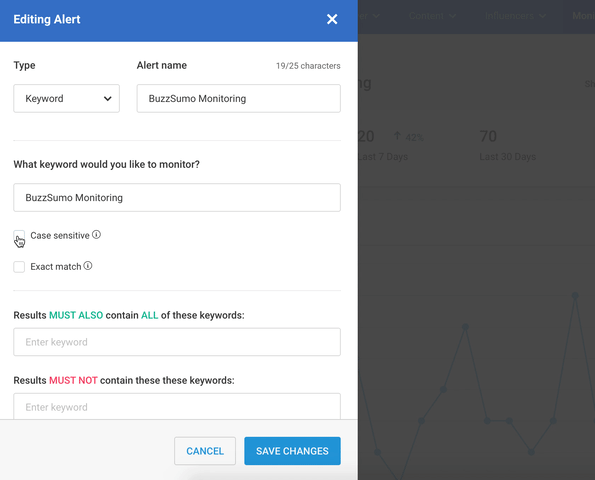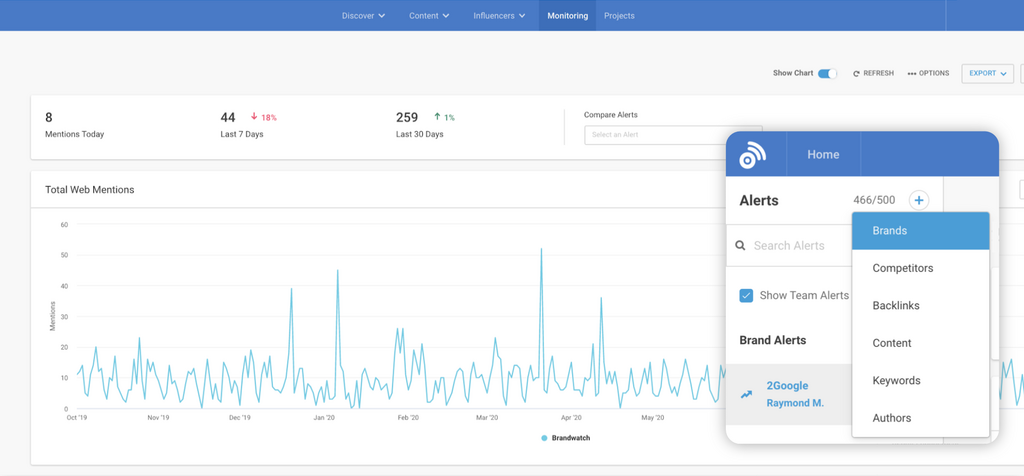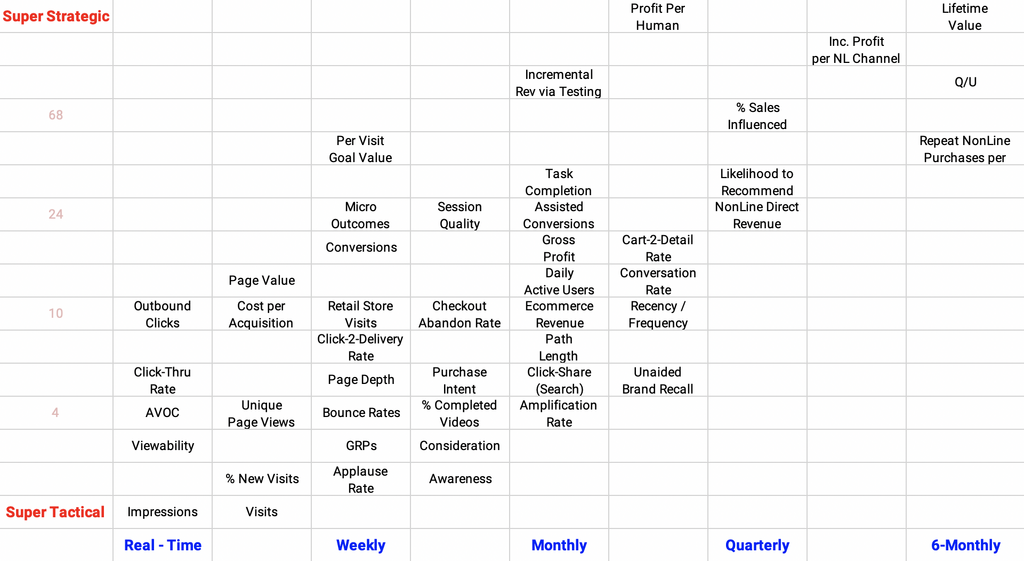You know what they say: There is no such thing as a stupid question. But just in case you’re feeling a little shaky making your entrance into the world of Public Relations (PR), we’ll answer the basic ones for you.
How to “do” PR in 4 easy steps
Let’s start at the beginning, what does it mean to "do" PR?
PR is about building and maintaining a positive public image for a company or organization. Professionals in this field create media, from press releases to social media messages, that shape public opinion of the company or organization and increase awareness of its brand.
So how do you go a step further and start “doing” your own PR? Here are some important ways to start.
1) Make it easy to write about your brand
If you want press coverage, your company needs to do something worth writing about. As a rule of thumb, you want to make information about your business easily accessible.
A simple way to do this is by making a press information landing page on your organization’s website. This should include things like company basics, such as:
- a company and product description
- product images
- a video explainer
- links to all past press coverage
- contact information
2) Keep your fingers on the pulse of your industry
Public relations can change in the blink of an eye. A single tweet can send your brand into PR crisis management mode, a customer’s kind comment could go viral - all of this is to say that you need to keep your finger on the pulse.
PR monitoring tools can make this a lot easier. These platforms can provide important alerts, insights and spikes in conversation.
BuzzSumo has its own monitoring tool which scans blogs, news sites, forums and other online communities across the web, to show you what’s being published about the things most important to you and / or your brand.
See how the BuzzSumo team uses its own tool to monitor different forms of PR, and generate a 108% uplift in free trial signups.
Conducting some level of PR monitoring can help you find quick-win media opportunities, avert brand crises, and get ahead of your market.
BuzzSumo's Coverage Reports let you dive deeper into the anatomy of brand mentions.
In it you’ll see:
- The total number of monthly brand mentions
- Mention data (headline, publication, URL data, social media engagement)
- Where brands are mentioned in the article (i.e headline, first paragraph)
- How many times the brand appears in the article
Get to grips with a brand's coverage. Benchmark your mentions against competitor mentions, seek out social proof from customers, analyze the sentiment of mentions, and monitor anything in your brand ecosystem.
3) Know your area of expertise
Own what you know. Everyone in your business is already an expert. They know the ins and outs of what you do, and whatever that area may be should be the north star for all of your content.
Whether it’s your CEO talking to a top-tier media outlet, or your CTO writing a blog article for a industry publication, use your company’s area of expertise to frame the conversation. That way you can gain credibility in your industry and with an audience of potential customers.
This also has the added benefit of promoting your brand, while building real press relationships beyond product pushes.
Why not try:
- Submitting company experts as contributors to publications (ie. If you're in SEO or Marketing, that might be as a Search Engine Journal contributor)
- Putting experts forward as interviewees during PR pitches
- Submitting experts for awards, to raise the profile of both the person and the brand
- Putting experts up for industry talks
- Featuring company experts as guests on webinars and podcasts
4) Strike while the iron’s hot
Keeping with the idea of industry content, it’s smart to offer leaders from your company as experts to comment on news stories. It’s an effective way to establish relationships with reporters.
For example, if you worked for an SEO company, it’d be fair to assume that your leadership team would have something to say when Google updates their algorithm.
Reporters are always looking for experts that can give their stories substance and new angles. If you’re looking for inspiration and stories you can jump on, why not try:
- Subscribing to relevant newsletters
- Setting up topic alerts
- Monitoring Twitter trending feeds
- Integrating trend stories into your most used platforms / workflows (ie. Use Feedly for curated newsfeeds)
- Switch on social notifications when important trend spotting influencers post
For more information, read these top newsjacking tips from a former BBC Journalist.
How to "do" PR that leads to ROI
You’ve got an idea of how to start, now, for a slightly more complicated question.
How much money should you be dedicating to your PR efforts?
Broadly speaking, Return on Investment (ROI) in PR can be split in two categories:
- Monetary gains: Think sales revenue increases that are directly attributable to a PR strategy. This could be a piece of sponsored content that persuades leads to sign up for a sales call.
- Earned media gains: This could be an interview with a highly regarded publication, promoting your business and reinforcing your industry credibility. Earned media gains indirectly contribute to monetary gains like sales revenue increases.
Okay, so now what? We’re guessing you’re looking for some actual numbers.
You should view PR as an investment and base how much to spend on it by what you're getting in return.
For example: You could base your PR ROI from the amount of inbound links and conversations brought to your site as a result of any PR.
For more ideas of PR metrics to track, check out Stephen Waddington's blog on how to measure PR.
Andrew Bruce Smith, Founder of Escherman, suggests using a framework by Avinash Kaushik to help shape your decisions on what to report on, and how often to report, when it comes to PR ROI.
For more information on how to calculate the ROI of your PR, read Andrew's definitive guide to PR Reporting.
Regardless of the exact scenario you're in, there will be times when you don't have to spend a large chunk of your budget on PR to gain traction.
In fact, you may be able to do some of it on your own. It just depends on the scale of your promotion.
Consider the following:
- What are your goals?
- How much do you have to sell?
- Who is your defined audience?
- Do you have the time?
- Do you have the money?
Bottom line: If you're making money off of PR -- because it's increasing traffic and boosting sales -- then you would want to continue to increase that budget until it plateaus.
Is PR worth the effort?
And now for the big question: is PR actually worth the effort?
We’ll admit PR may be a slow burn, but we know that it pays dividends when your campaigns start sticking. Take these stats for example:
- 92 percent of consumers say they trust earned media over purely promotional content.
- A stronger corporate image can raise your stock prices between 5 to 7 percent.
- 88% of PR professionals are confident that digital storytelling is the future of communications.
Desired results take time but they are proven to build awareness and brand loyalty over time.
If you are running an effective public relations strategy, it can help you:
- Drives web traffic
- Generate leads
- Establish trust and authority
- Attract new customers and quality employees
The importance of effective communications has never been more pronounced than in today’s integrated media environment.
Planning your next PR campaign?
Read our guides:
- 7 Best Practice PR Tips For Your Next Campaign
- 4 Agency PR Tactics That I Avoid At All Costs
- A 2 Step Process For Coming Up With PR Campaign Ideas
- PR Links and Earned Media CAN Lead To Organic Traffic. Here’s How…
- 8 Unconventional Ways To Land Press Coverage
PR is a fickle creature, but having an insight into what creates awareness can help. If you want to understand content engagement, BuzzSumo is here for you – try our 30 day free trial.
Categories
Digital PRThe Monthly Buzz⚡
Subscribe to BuzzSumo's monthly newsletter to:
Stay up-to-date with the best of the best in content marketing 📝
Get data-informed content, tips and tidbits insights first 👩🏻💻
Read top shared content by top marketing geeks 🤓
Try
Enter any topic, term or url to search to see BuzzSumo in action. It’s free!
100% free. No credit card required.






